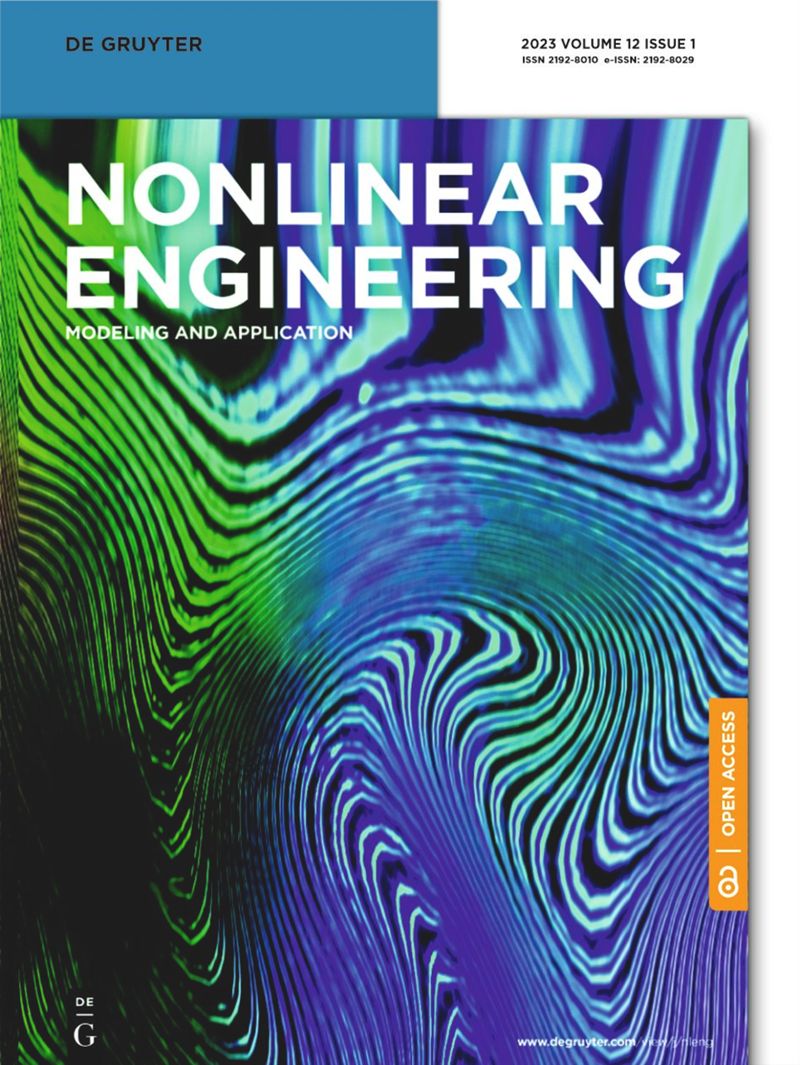多媒体技术与移动学习在高校英语教学中的应用分析
IF 1.5
Q2 ENGINEERING, MECHANICAL
引用次数: 1
摘要
多媒体和移动学习因其许多有用的特性而成为有效的教学工具。多媒体和移动学习环境中的技术促进了教育材料向学生的传播。通过结合文字、图形、音乐、视频和动画,可以获得更有趣、更吸引人的学习体验。多媒体教室通常被称为“多媒体学习”。相比之下,使用移动学习的学生可以从任何有互联网连接的地方和智能手机或平板电脑等移动设备访问他们的课程。无论何时,只要涉及到普通的技术需求,它的移动设备,尤其是它的智能电话就会独占鳌头。智能手机有非常广泛的潜在应用和用途。一些道德方面的考虑妨碍了媒体在使用这些成见或偏见的社区中加强这些成见或偏见。在使用多媒体语言学习工具时,收集和使用学生信息的方式保护了他们的隐私,并提供了学生从事移动学习所需的材料,并尊重知识产权和版权法规。学习的重要性怎么强调都不为过,但当这样的结果出现时,移动设备已经越来越多地在学校使用了。移动设备是否对教育有影响这个问题仍然悬而未决。由于这种“移动获取知识”,以及一个描述研究不同设备可以组合使用以增强教育的整体短语,移动设备变得越来越受欢迎。因为今天的孩子们经常使用他们的移动设备,研究他们对单词学习的影响是迫切需要的。这项试点研究旨在理解为什么学校学习者通过基于智能手机的第二语言练习进行思考。特别地,本研究收集了手机在语言学研究中的几个大量应用的数据。来自土耳其一所顶尖学府的294名大学生参与了这项研究。该项目使用了一些混合报告模型,并依赖于其方法上的描述分析。他们的研究结果表明,在学习外语时,用户非常重视获取现成的材料。受访者不仅评论了他们的手机的便携性,还提出了新的应用程序,以加强他们在其他国家的学习。本文章由计算机程序翻译,如有差异,请以英文原文为准。
Analysis of multimedia technology and mobile learning in English teaching in colleges and universities
Abstract Multimedia and mobile learning are effective teaching tools because of their many useful characteristics. Transmission of educational material to students is facilitated by technology in both multimedia and mobile learning environments. A more interesting and engaging learning experience may be achieved by combining text, graphics, music, video, and animation. Media-rich classrooms are often referred to as “multimedia learning.” In contrast, students who use mobile learning may access their courses from any place with an internet connection and a mobile device such as a smartphone or a tablet. Whenever this involves commonplace technological needs, its cellular gadget and notably its clever telephone take the cake. Smartphone gadgets have a very wide range of potential applications and uses. Some ethical considerations are preventing media from reinforcing stereotypes or prejudice in the communities where they are utilized. Student information are gathered and used in a way that protects their privacy, with materials required for students to engage in mobile learning, and respecting intellectual property and copyright regulations while using multimedia language-learning tools. This importance of learning cannot be overstated but when such results come, mobile devices have increasingly been used in schools. This question of whether mobile devices have an impact on education remains open. Because of such “mobile gaining knowledge,” along with an overall phrase describing researching where different devices could be utilized in combination to enhance schooling, mobile devices had become more popular. Because today’s kids utilize their mobile devices frequently, studies on their effect on word learning are immediately required. This pilot research seeks to understand why school learners think via smartphone-based L2 exercises. In particular, this study collects data about several plenty applications using cell phones in linguistic research. Two hundred and ninety-four college children from one top Turkish institution participated in this research. This project uses some hybrid reporting models and relies on description analysis over its methodology. Their results show that users place one high value on obtaining ready accessibility to materials while studying some foreign language. Respondents not only remarked about their cellphone’s portability but also proposed new applications for enhancing their learning in other countries.
求助全文
通过发布文献求助,成功后即可免费获取论文全文。
去求助
来源期刊
CiteScore
6.20
自引率
3.60%
发文量
49
审稿时长
44 weeks
期刊介绍:
The Journal of Nonlinear Engineering aims to be a platform for sharing original research results in theoretical, experimental, practical, and applied nonlinear phenomena within engineering. It serves as a forum to exchange ideas and applications of nonlinear problems across various engineering disciplines. Articles are considered for publication if they explore nonlinearities in engineering systems, offering realistic mathematical modeling, utilizing nonlinearity for new designs, stabilizing systems, understanding system behavior through nonlinearity, optimizing systems based on nonlinear interactions, and developing algorithms to harness and leverage nonlinear elements.

 求助内容:
求助内容: 应助结果提醒方式:
应助结果提醒方式:


